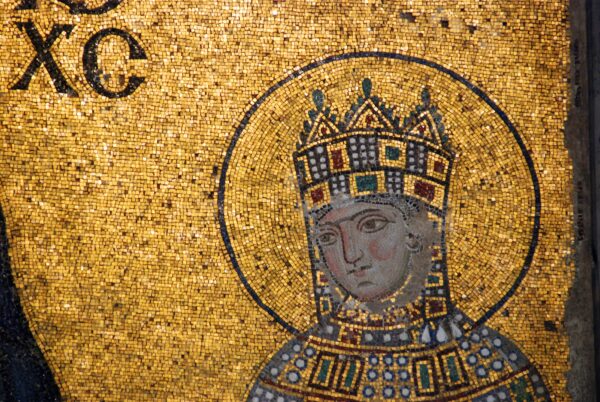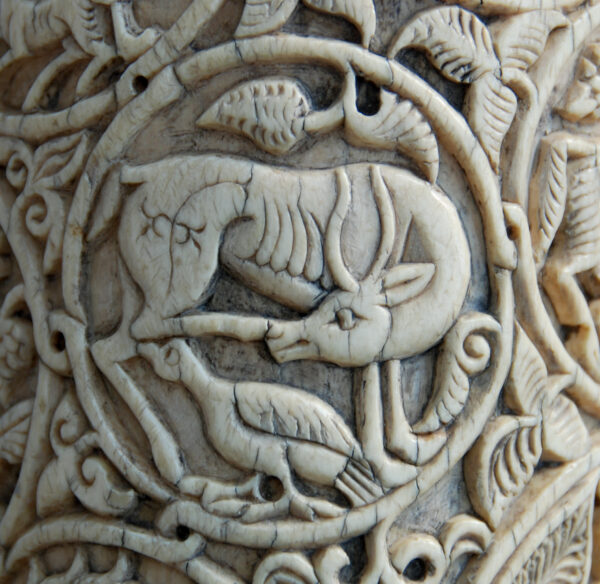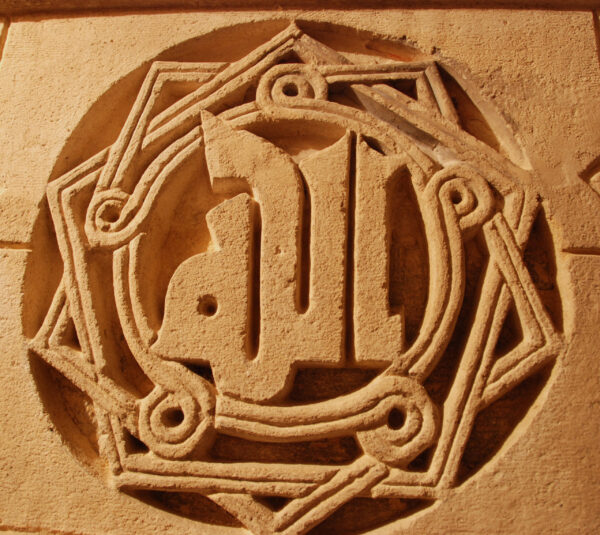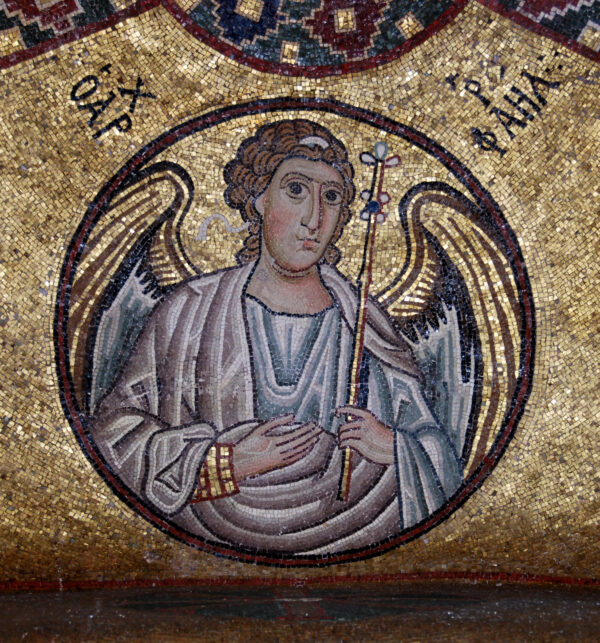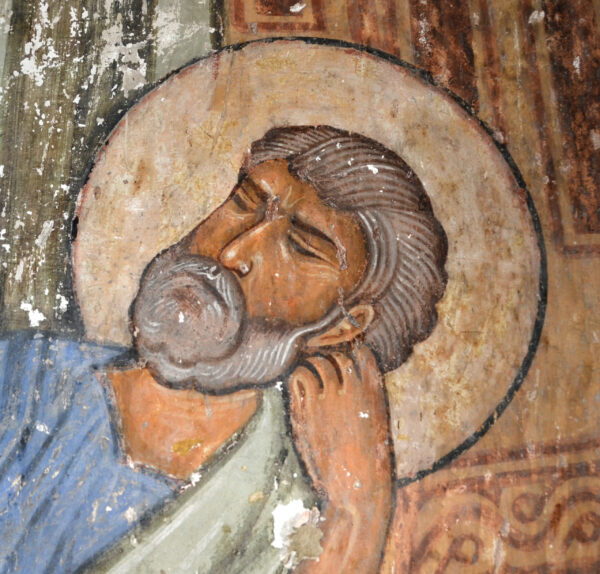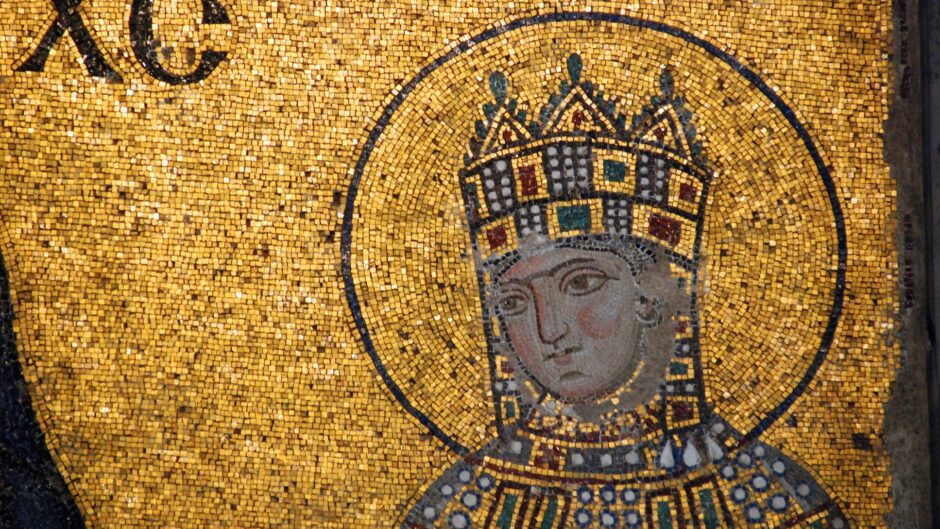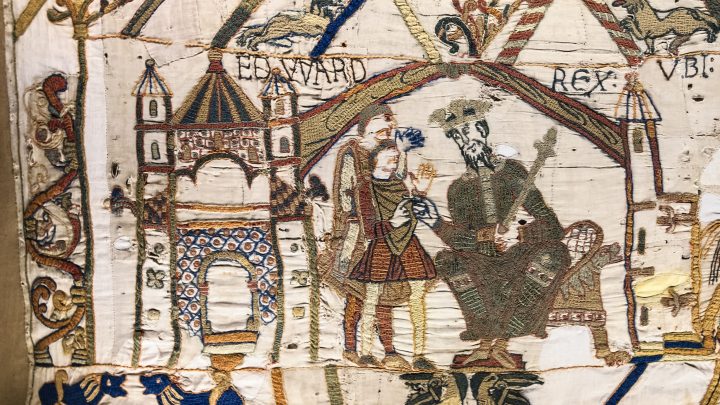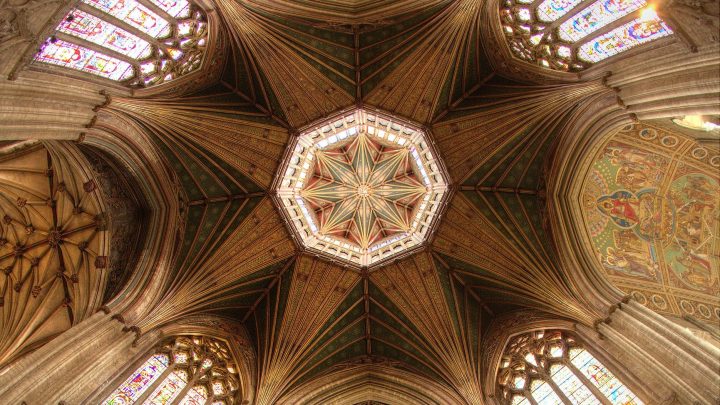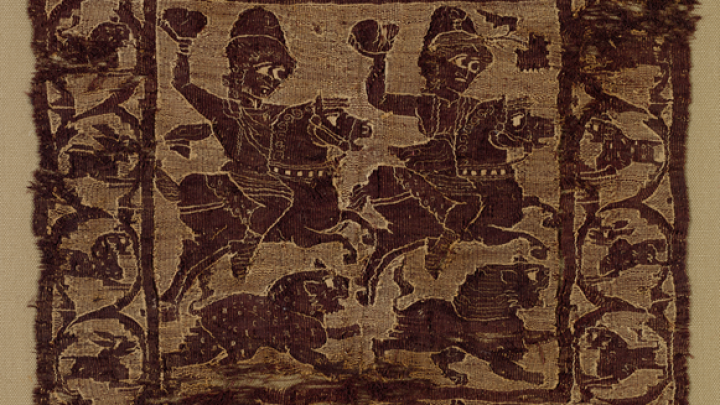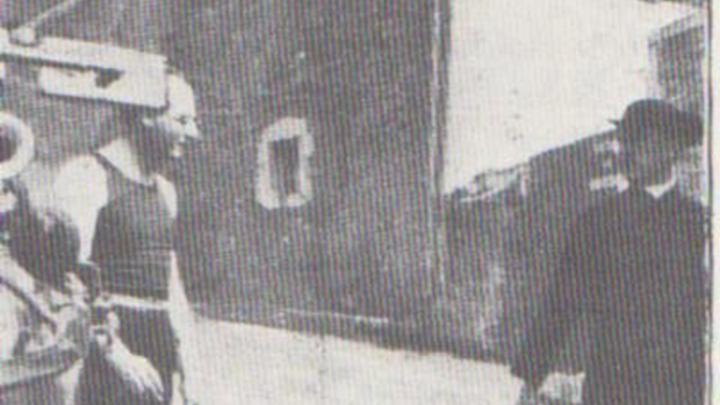The Byzantine empire was the richest and most powerful state in the Mediterranean in the early Middle Ages, and its art had a profound impact on both the Christian and Islamic societies in the region. This course builds up a core of knowledge of Byzantine culture, and uses it to examine the artistic interaction between the empire and its neighbours to east and west. From Venice to the Caucasus, Constantinople to Cairo, we explore how art was used to express the self-identity of a multitude of political, religious, social and cultural communities.
During the course we will examine everything from the design of cities and the architecture and decoration of palaces, monasteries, mosques and caravanserais to the more intimate world of personal, private objects. We will look monumental mosaics and wall paintings, as well as small-scale manuscripts, icons, reliquaries and ivories. We explore the ways in which audiences, ranging from empresses to monks, and from pilgrims to merchants, used and manipulated the visual world around them. By studying both the allies and the enemies of Byzantium, we will consider how Byzantine art was imitated, appropriated, altered or rejected as the relationship between the empire and its neighbours changed in the centuries after the end of Iconoclasm. We will study how ‘Byzantium’ is constructed as a form of self-identity and as a proclamation to others.
How was art transformed as it moved between cultures, and how, in turn, did art transform the societies in which it was adopted? With a wide geographic and cultural span, this course seeks to introduce the diversity of artistic production across the eastern Mediterranean as well as the variety of approaches to its study that can be adopted.
The first half of the course concentrates on art within the Byzantine empire and introduces key issues and approaches to the study of this material. This will build a core of knowledge that we will then draw on as we look at related art in the cultures that surround the empire in the second half of the course. These classes introduce you to key monuments and methodological questions relating to the art from across the eastern Mediterranean and give you the skills to develop your own interests as you begin to work on your dissertation, the major piece of work in the MA.
We concentrate on art in the Middle and Late Byzantine period, starting at the end of Iconoclasm in 843, and continuing through into the early fourteenth century, but students often choose to work on topics lying beyond these limits for their assessed work. The course assumes no previous knowledge of Byzantine art and is structured around English-language texts, but we will develop projects that suit whatever languages, skills and knowledge you bring.
There is strong attention to skills training throughout the course, so that you can learn how to analyse numerous types of medieval objects, buildings and texts, and to write up and communicate your research findings in different formats. London has amazing resources for studying the wider Byzantine world – from the collections of the British Museum, the V&A and the British Library, to the libraries of the University of London, especially the Warburg Institute. The Courtauld has a very strong community of students working on medieval art who will support you throughout your studies. The Courtauld also has a rich research culture, with many opportunities for you to meet and hear from leading scholars and curators in the field.
Course tutors: Professor Antony Eastmond
In the event that a course leader is on sabbatical, takes up a fellowship, or otherwise is not able to teach the course, they will be replaced by another experienced course leader either for a semester or, in some cases, the academic year.
